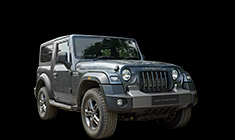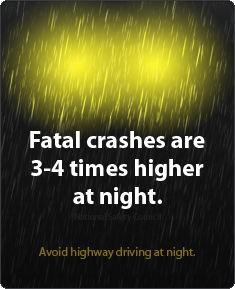News
How to test drive new cars before buying: Comprehensive guide
It's a good idea to take three test drives, with the third one being of prime focus.
BHPian Poitive recently shared this with other enthusiasts.
It is a good idea to take three types of test drives. One like an everyday drive; like how you’d usually drive the vehicle on its daily runs. Another one with all the users of the vehicle (typically family) to see if all are comfortable for their purposes, and to note the behaviour of the car with that load. One gets into thoughtful and intuitive details of various aspects, as an enthusiast might. The prime focus here is on the third type – to note the driving characteristics and the details, along with some other finer points. T-Bhpians might find some points too basic, however, this is written considering the forum has a large non-member reader base.
Driving Related - I
A) Road Selection
Surfaces
Ideally, choose a mix of different surfaces. Smooth roads, pothole-ridden parts, broken roads including ones often seen in cities, with a layer or two from the top is broken. Also include different types of speed breakers in your path. If you can find a patch that allows mid-speed driving and has the road rising and then falling, it helps in determining the suspension a bit better. If in turn, could be even better provided you can confidently drive suitably on it.
Speeds
One should, of course, try the vehicle at different speeds. From lowish speeds of 10-25kmph to mid-speed drives to a highway run if it is possible. Most cities also have parts where the speed limits are higher, so try to include those. Also, try out a busy section for bumper to bumper traffic for a bit.
Same roads if possible
Ideally, call the vehicles to your place to be able to experience the same roads across test drives of different cars. In case that is not possible, try to go to a part of town which has different relevant brand showrooms close by, to be able to experience the same roads.
Hills, special purpose
If you are taking on the hills choose uphill, downhill, bends, and the different surfaces one might have; especially at the entrance of properties or smaller roads leading to them. Also, consider any special purpose needs you have, check on such surfaces if possible.
B) Checks – Ride, Handling etc.
Ride quality should be checked at different speeds and on different types of roads as above. Ride quality might change amply with speed, as noticed in a recent TD of the Mahindra XUV700 described here. Ride comfort should also be checked both in the front and back seats. It too might differ a fair bit as noticed on a TD of the Hector here. Also, check the third row if relevant.
Check for the control and composure you feel from the car at different speeds on different surfaces. Also how it feels while swerving at different speeds. Also during turns on the aforementioned roads surfaces. Different cars being tried on the same patches of the road will give a better comparison than them being driven on random roads. Also, note how the car behaves while accelerating and braking for a sense of stability. Experienced drivers might also use this to judge weight distribution between wheels, and use that to better control the car (beyond the scope of this).
VERY light braking on moderate turns also gives a bit of an idea of vehicle feel. This is ONLY for experienced drivers and is to be done very responsibly. Going wrong on this could be disastrous, so do NOT try it if you are not confident. It should only be done if you have done it several times on your daily ride in the same road conditions.
One should also check for body roll, both in terms of ride comfort on different rows, and also for the sense of control one feels. It is especially important for those who expect to drive a lot in the hills; even more so if one is prone to being carsick.
Also, check for how quickly the car changes direction and whether it feels bulky or agile while driving. A light steering can mask the effect of a heavy vehicle, which can be considered a plus or a minus. Plus for many comfort-driven users, and a minus for someone who wants better feedback from the car for enthusiastic driving. Steering feel at such times also helps manage the car well (more on this below).
If you have been able to find a road where it rises and then falls as mentioned before, see how connected the tyres feel when the car rises, and how the feels while it is dropping to lower ground and the suspension would be stressed. Experienced drivers might be able to try this on roads that are curved or on gentle turns, to check the suspension characteristics better. Again, this should be done with a lot of caution.
Cars often peak in their characteristics at certain speed and RPM ranges. It differs between cars. In some, the difference might be ample and significantly felt, if looked out for. While driving at a certain speed might give a rough idea of how it might behave at different speeds, it might not be reliable. A bit on this in the In-Sync, Agility etc. section here.
Eventually, one is really looking at comfort in the seat and good control and composure of the car in different situations.
C) Steering feel
Steering feel is often largely on comfort or on feel. Some are soft at slow speeds and weight up at higher speeds but provide limited steering feel/feedback. This is typical of EPS (Electric Power Steering). While EPS allows for a lot of control in how it is configured, in most cases designed to be soft, and is popular with those seeking convenience. For those looking for a better sense of connection with the car and road, and HPS (Hydraulic Power Steering) would often be better. It may often be a bit hard even at low/parking speeds. One feels the resistance the tyres feel more directly on the steering, so if you’re moving the tyres on the road at a near stand-still, the tyres are facing resistance from the road and you’ll feel it in the steering. A lot also depends on how they are designed. A well worked out HPS is a joy for many an enthusiast. Some EPS systems do quite well. Eg Jeep Compass here. On some steering setups (it actually goes beyond just the steering), one is able to amply feel the road surface the tyres are interacting with. While this leads to an even better connection with the vehicle, it might be rather uncomfortable for many for daily use. It is really a matter of personal preference.
While judging the steering feel, do factor in what you have been used to – and EPS or an HPS. If an EPS, you are likely to find HPS too heavy, but often one might get used to it over time and appreciate what it offers if one really enjoys the connect and driving experience. If you’ve been used to an HPS, you might want to dismiss an EPS too easily as the feedback/feel might feel too less and limited. As one uses it, one is likely to become a bit more sensitive, and they feel might not feel as lacking (though still remain limited in scope).
An interesting thread on HPS here.
Check how fast and precisely the car responds to steering inputs (eg driving confidently and safely between two obstacles). This would be a combination of steering design, suspension design, chassis rigidity, weight distribution etc. Some cars feel more agile than others. Usually, a heavier car on a soft suspension will feel a lot less agile than a light one on a harder suspension and a rigid chassis. Low cars are inherently better placed to optimise this.
Also, note how much you need to turn the steering for the car to turn a certain amount. It is usually not an issue in modern cars; was a bigger factor in non-power-steering cars. Also, check for the size of the steering wheel and if it is comfortable for you; also if it touches your legs in your natural sitting position. This should only really be an issue for tall drivers and on variants without much seat height adjustment.
D) Brakes at different speeds
Like all else, do this responsibly, especially taking care of traffic behind you. Be careful of the surface of the road. Any oil spills etc can make it dangerous. Bear in mind that the kind of road surface you are on will also have a bearing on the results.
While judging brakes, check how far down the pedal needs to be pressed for the brakes to engage. Also how rapidly they engage (bite).
A good setup will also give you some feedback and you would feel the brake progressing in its intensity. It helps in braking suitably when the vehicle in front of you brakes hard, and you need to break in a way to avoid being read-ended.
Check how stable the car feels while you brake. Check this on different surfaces if possible. Also, see if the front of the vehicle goes down a lot (pitches) and makes occupants uncomfortable. If too much, it also affects vehicle stability, especially if it is an emergency brake at a turn; furthermore in a high vehicle (crossover/SUV).
Of course, see how much distance it takes for a car to slow down and stop. This would again vary based on the kind of surface the car is being driven on.
Really experienced drivers might try beyond in different conditions. Would not like to list it here. Ones who are would know what to do. Ones who aren’t, should not try.
Continue reading BHPian Poitive's guide on test drives for more information, insights & comments.




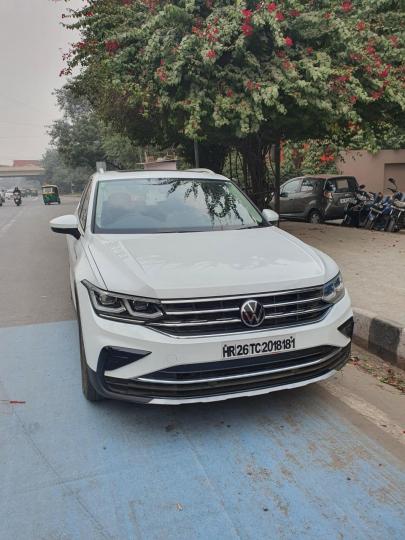
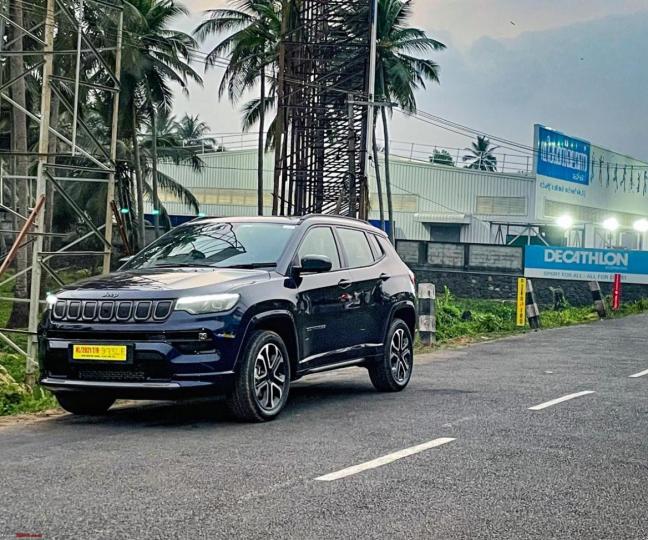
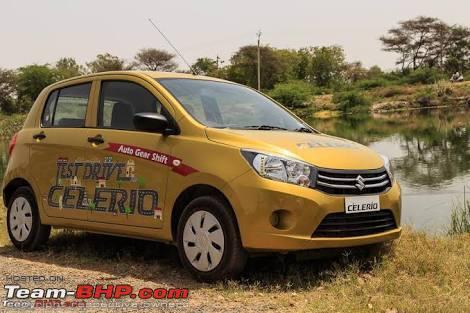










.jpg)




